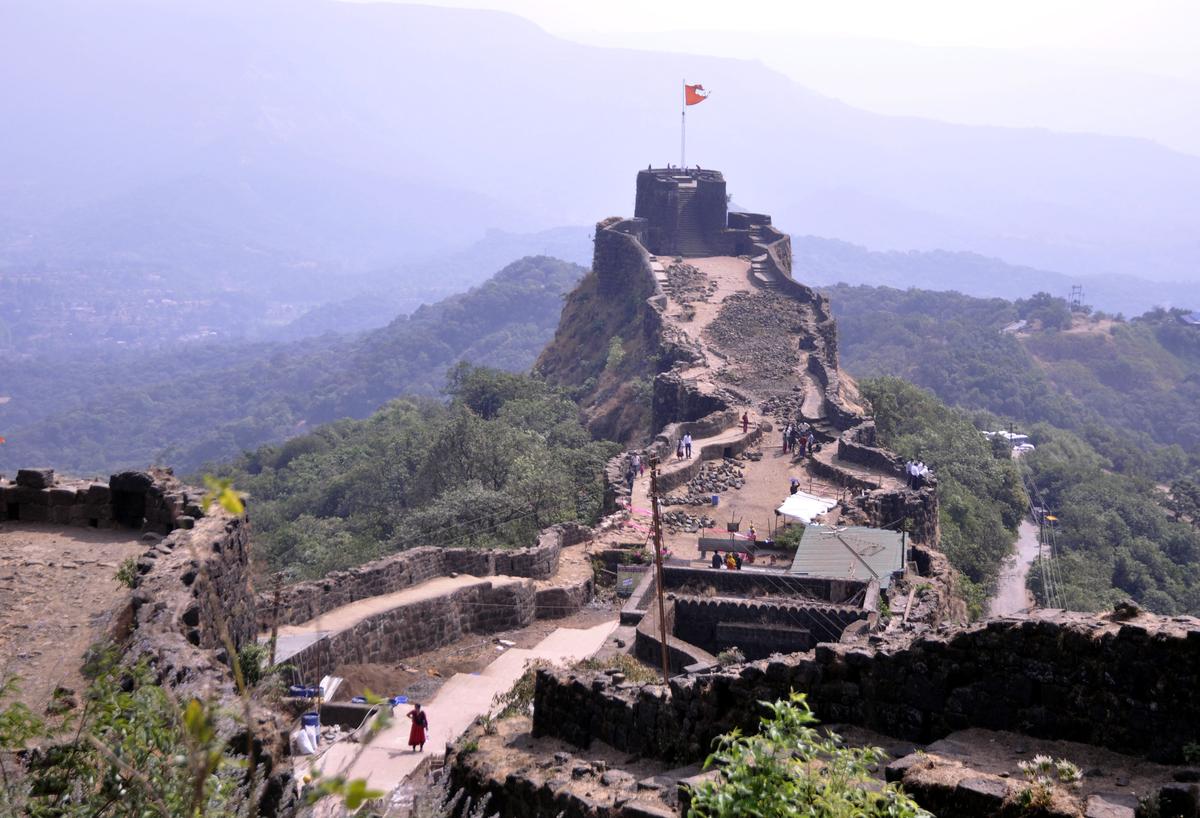UNESCO has added India’s Maratha Military Landscapes to its World Heritage List. These historic hill forts, built during the Maratha Empire, showcase unique military strategy and cultural value, boosting India’s global heritage presence.
Image: The Hindu
India’s Maratha Military Forts Join UNESCO’s Global Heritage List
India celebrated a major cultural victory as UNESCO included the Maratha Military Landscapes in its World Heritage List. The decision came during the 45th extended session of the World Heritage Committee, drawing attention to the military brilliance and cultural significance of the Maratha Empire.
This addition strengthens India’s position as one of the world’s most heritage-rich nations.
What Makes the Maratha Forts Unique?
The Maratha Military Landscapes consist of 12 strategically located forts across Maharashtra, Tamil Nadu, and Madhya Pradesh. Built between the 17th and 19th centuries, these forts reflect the military vision of Chhatrapati Shivaji Maharaj and his successors.
Some notable forts in this group include:
-
Raigad Fort, once Shivaji’s capital
-
Sinhagad Fort, famous for its steep cliffs
-
Pratapgad, Shivneri, Rajgad, and Lohagad, all crucial to the Maratha defense system
Engineers and warriors designed these forts to match the rugged terrain, using local materials and smart layouts that reduced their visibility and improved defense.
UNESCO Praises Indigenous Strategy and Design
UNESCO recognized the Maratha forts for showcasing an indigenous model of military engineering. Instead of mimicking European or Mughal styles, the Marathas built their forts to blend into natural landscapes.
They carefully planned water systems, communication paths, watch towers, and defense mechanisms to suit the Western Ghats and Deccan Plateau terrain.
By adapting architecture to nature, the Marathas created strongholds that were both functional and respectful of the environment—a sharp contrast to many contemporary empires.
India Expands Its Heritage Footprint
With this inscription, India now boasts 42 UNESCO World Heritage Sites. The Ministry of Culture, with support from the Archaeological Survey of India (ASI), led the successful nomination process.
Union Culture Minister G. Kishan Reddy expressed pride in this achievement, calling it a tribute to Shivaji Maharaj’s enduring legacy and a moment of global recognition for Indian heritage.
Read More..- Rozgar Mela 2025: PM Modi Distributes 51,000 Govt Job Letters
Heritage Tag to Boost Tourism and Conservation
The new status is expected to boost tourism, especially across the Western Ghats. Visitors from India and abroad will likely flock to these historic sites. The recognition will also bring international funding and expertise for conservation efforts.
Local communities and tourism boards now have a chance to create guided tours, cultural events, and educational programs to promote the forts’ rich history.
By involving local stakeholders and historians, authorities aim to protect the forts while increasing awareness about their historical importance.















